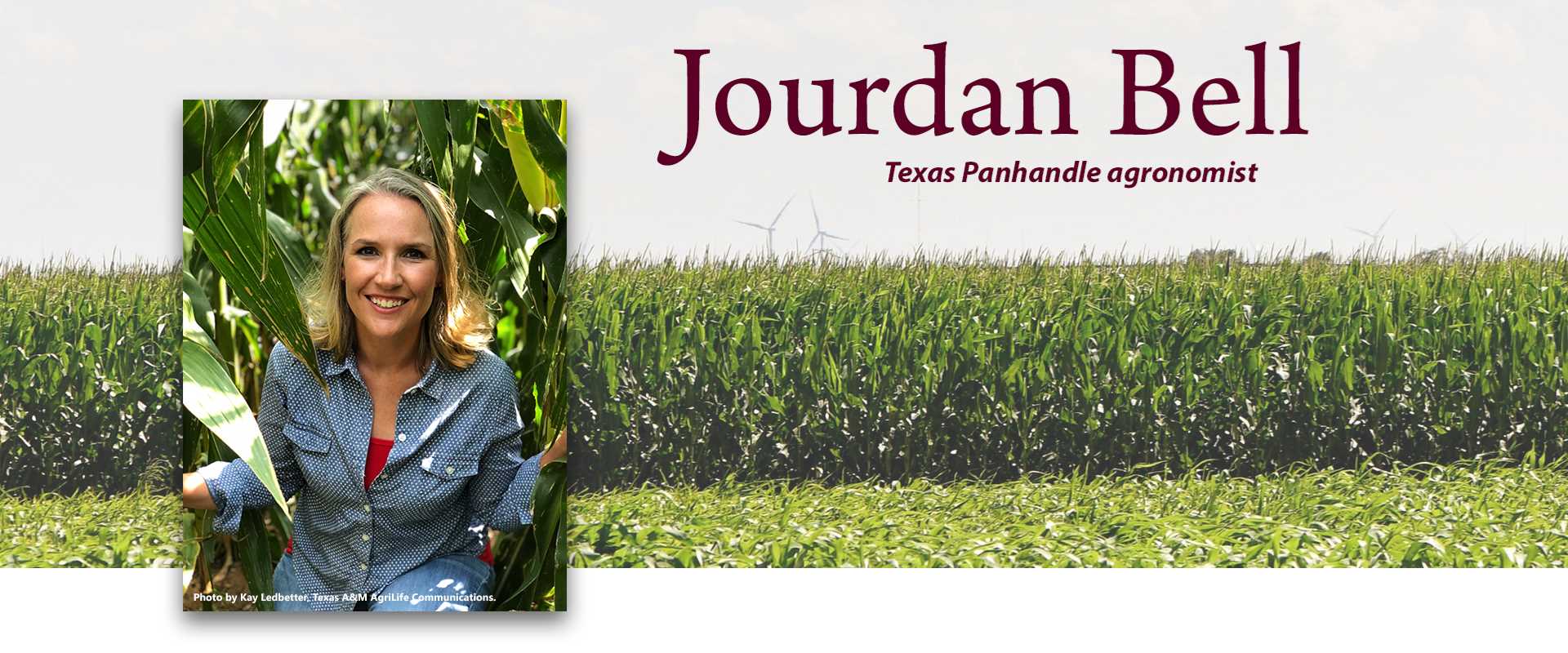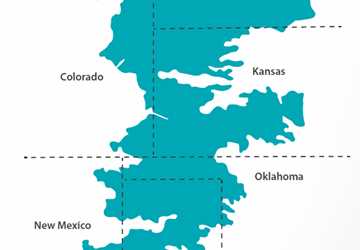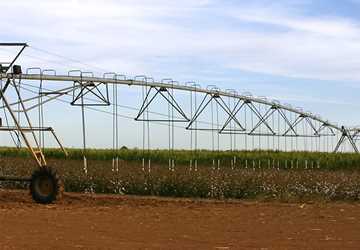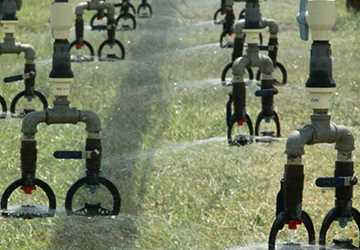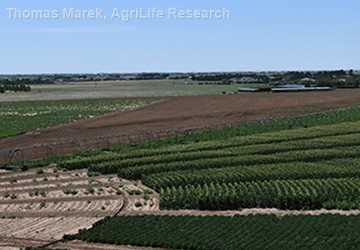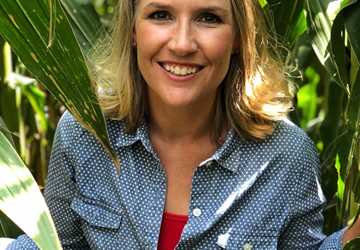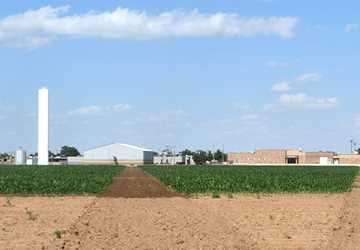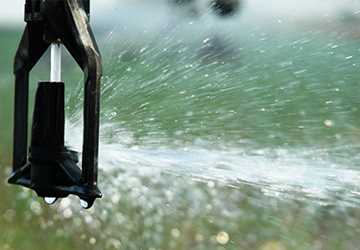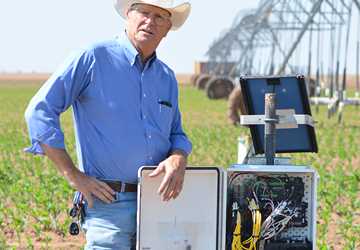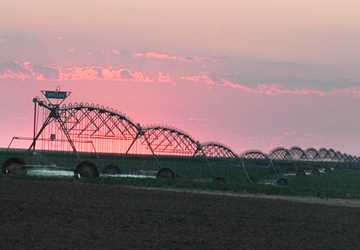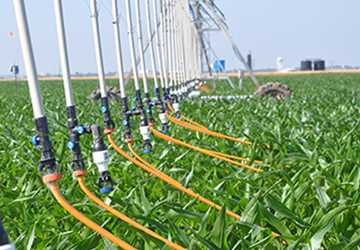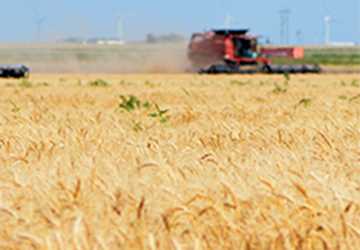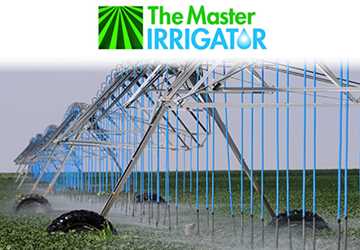Agronomists are plant and soil scientists, but beyond crop production and profitability, the goals of an agronomist are conserving natural resources and protecting the environment.
In the Texas Panhandle, Dr. Jourdan Bell works with producers to improve soil-plant-water relationships while conserving natural resources.
“Water and soil are our most important natural resources,” said Bell, regional research and extension agronomist for Texas A&M AgriLife Research and Extension Center in Amarillo. “As an agronomist, it is important to assist producers with crop production practices that conserve soil and water resources.”
For farmers dependent on the availability of groundwater from the Ogallala Aquifer in the Texas High Plains, the challenge is having enough water.
“The Texas High Plains is an agricultural-based economy, so optimization of agricultural production is important at many levels,” Bell said, “but the future of High Plains crop production is dependent on how well we conserve soil and water resources today.”
Dr. Jourdan Bell, regional research and extension agronomist for Texas A&M AgriLife Research and Extension Center in Amarillo, assists producers with crop production practices that conserve soil and water resources.
More information
Lifelong resident of the Texas Panhandle
Bell’s family was in the cattle feeding industry, farming and ranching in the Amarillo area. “I grew up understanding the importance of agriculture, specifically understanding how important water is for agricultural production,” she said.
This long-term exposure to agriculture led Bell to pursue a bachelor’s degree in general agriculture in 1997 and a master’s degree in plant, soil and environmental science in 2000 from West Texas A&M University.
The Texas High Plains is an agricultural-based economy, so optimization of agricultural production is important at many levels, but the future of High Plains crop production is dependent on how well we conserve soil and water resources today.
While getting her bachelor’s degree, she worked as a student employee in Amarillo with Texas A&M AgriLife Research under Dr. Brent Bean. After graduating, she began working as a research technician at the U.S. Department of Agriculture’s (USDA) Agricultural Research Service (ARS) Conservation Production Research Laboratory (CPRL) near Bushland.
There, she said, she gained valuable research experience in manure and nutrient management, irrigated and dryland cropping systems, tillage and forage systems, all with an emphasis in soil science and crop water use.
In 2007, she had the opportunity to go back to school to work on a doctorate in soil science at Texas A&M University.
She lived in College Station for a year to complete course work and fulfill the residency requirement before returning to Bushland to begin her dissertation research funded by the USDA Ogallala Aquifer Program.
“However, as I was completing my dissertation research focusing on irrigation strategies in grain sorghum, the Texas High Plains was gripped by the extreme drought of 2011-12. 2011 was the driest year on record across Texas,” she said. “I learned so much about crop physiological responses to stress, soil water and irrigation scheduling during those two years.”
In 2014, Bell earned her doctorate in soil science from Texas A&M and accepted her current position as an agronomy specialist at the Amarillo center.
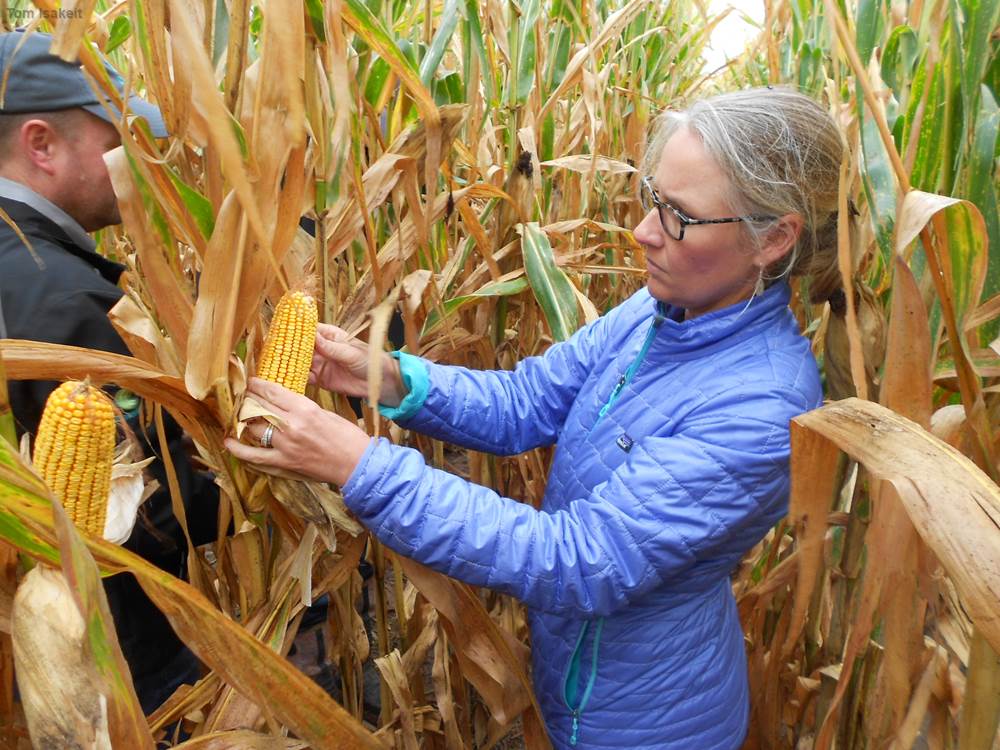
The power of the environment
During Bell’s time at Texas A&M, Dr. Kevin McInnes in the Department of Soil and Crop Sciences was her advisor. McInnes along with her co-advisor Dr. Robert Schwartz with CPRL were instrumental in her foundation in soil physics and environmental biophysics.
“Crop production is driven by the soil, water and environment,” she said. “However, on the Texas High Plains, the environment often overrides agronomic practices.”
The Panhandle has a variety of severe weather conditions throughout the year from extreme blizzards, drought and dust storms to tornados and crop-damaging hail.
“It is so important as an agronomist and soil scientist to learn how we can manage our practices, minimizing the effect of environmental stresses as well as minimizing our impacts on the environment,” Bell said. “I’ve always had an appreciation for the region; it goes back to being raised on the Texas High Plains, always understanding and appreciating the power of the environment and that the value of water is key.”
Soil: a farmer’s water bucket
One of the key aspects of Bell’s research and extension programs is evaluating production practices to increase soil-water storage and minimize evaporative losses.
“The soil is our bucket; however, bucket sizes vary across the Texas High Plains,” Bell said. “As we move south of Amarillo, soils are sandy, and the soil’s water-holding capacity is limited. Sandy soils can’t store as much water as the clay loam soils of the northern Texas Panhandle.
“As an agronomist, it is important to consider soil texture when making agronomic recommendations, especially related to crop water demands,” Bell said. “While irrigation is necessary to stabilize production across the entire High Plains region, there are often specific irrigation considerations that should be made depending on crop and soil texture to optimize water productivity.
“And because the water in the Ogallala is declining across the region, there is not room for error when making irrigation decisions.”
Motivated by water sustainability
I’ve always had an appreciation for the region; it goes back to being raised on the Texas High Plains, always understanding and appreciating the power of the environment and that the value of water is key.
Her research interests have always been motivated by the challenges that producers in the Texas Panhandle face, particularly their dependence on the Ogallala Aquifer.
“One of my goals working with producers is to help them manage their resources to ensure not just profitability but also the sustainability of these resources,” she said.
Bell said crop production on the Texas High Plains is dependent on conserving water for the future, for as many years as possible.
In parts of the Ogallala Aquifer, the water table has declined to levels where the irrigation capacity is no longer sufficient to meet even a fraction of the crop water demands. Additionally, Bell said precipitation across this region is extremely variable. As water depletes from the aquifer, it becomes more expensive to pump.
“Because the Ogallala underlies eight states, we are looking at very different management strategies of this resource across the Ogallala Aquifer region from Nebraska to the Texas High Plains,” she said. “Ultimately, some producers will transition back to dryland farming, and it is anticipated that where well capacities are depleted, we may see some cultivated land return to grasslands for grazing.”
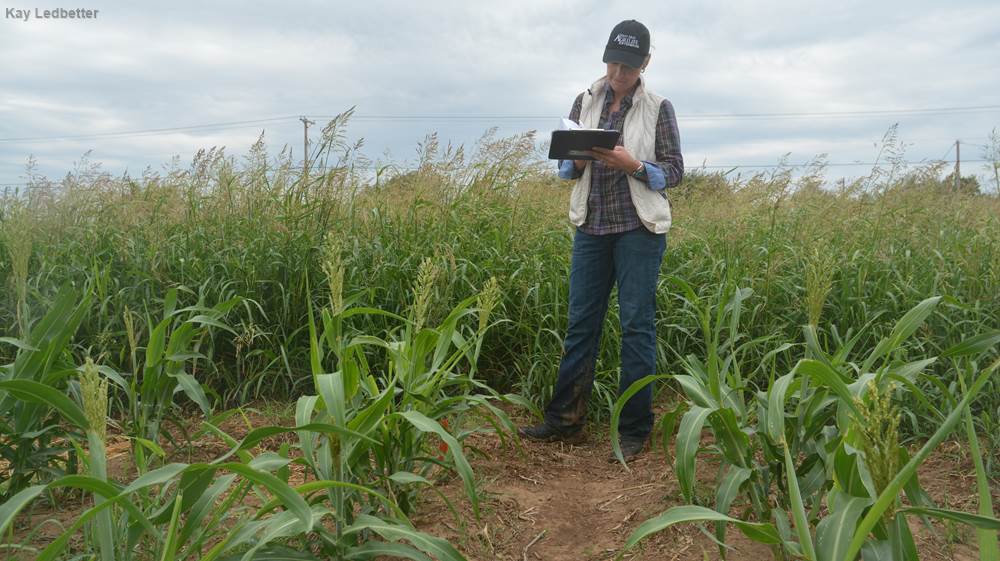
But, Bell said, there are still pockets of strong water on the Texas High Plains, and in those regions, producers will continue to irrigate. “Consequently, it is important that we continue to improve agronomic management, improving crop water-use efficiencies and extending the life of the aquifer,” she said.
“When we talk about helping producers be profitable, it is important not just for the producers but for our small towns and rural economies,” she said. “When we have a greater number of successful producers, there is a trickle-down effect.”
Producers hire people in their local communities, which benefits the small, rural towns.
“Being from the Texas Panhandle, I personally find it very important to ensure the success of our farmers as well as our small towns. Everybody in the Texas High Plains is indirectly related to agriculture.”
Explore this Issue
Authors
As a communications specialist for TWRI, Sarah Dormire works with the institute's communications team leading graphic design projects including TWRI News, flyers, brochures, reports, documents and other educational materials.

